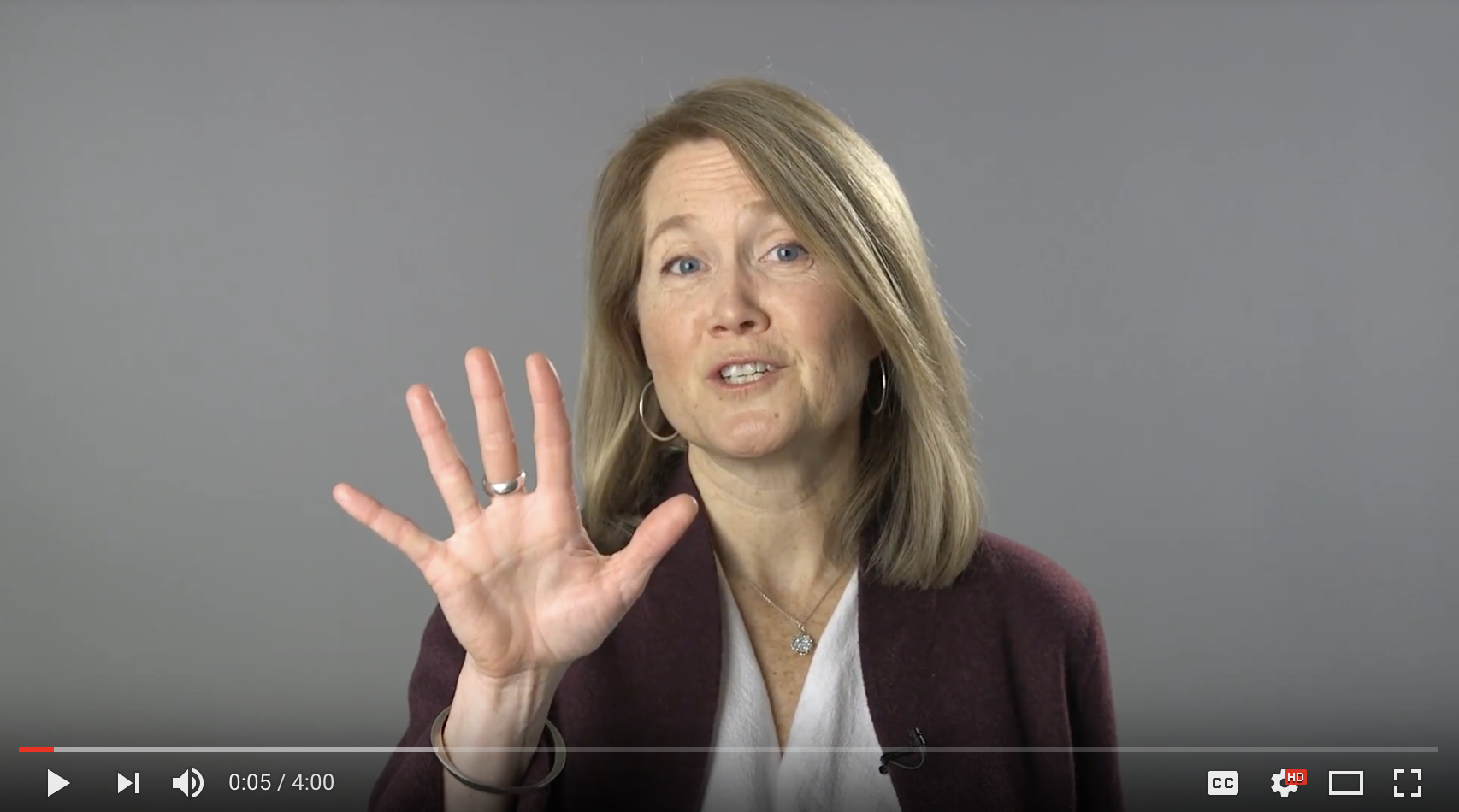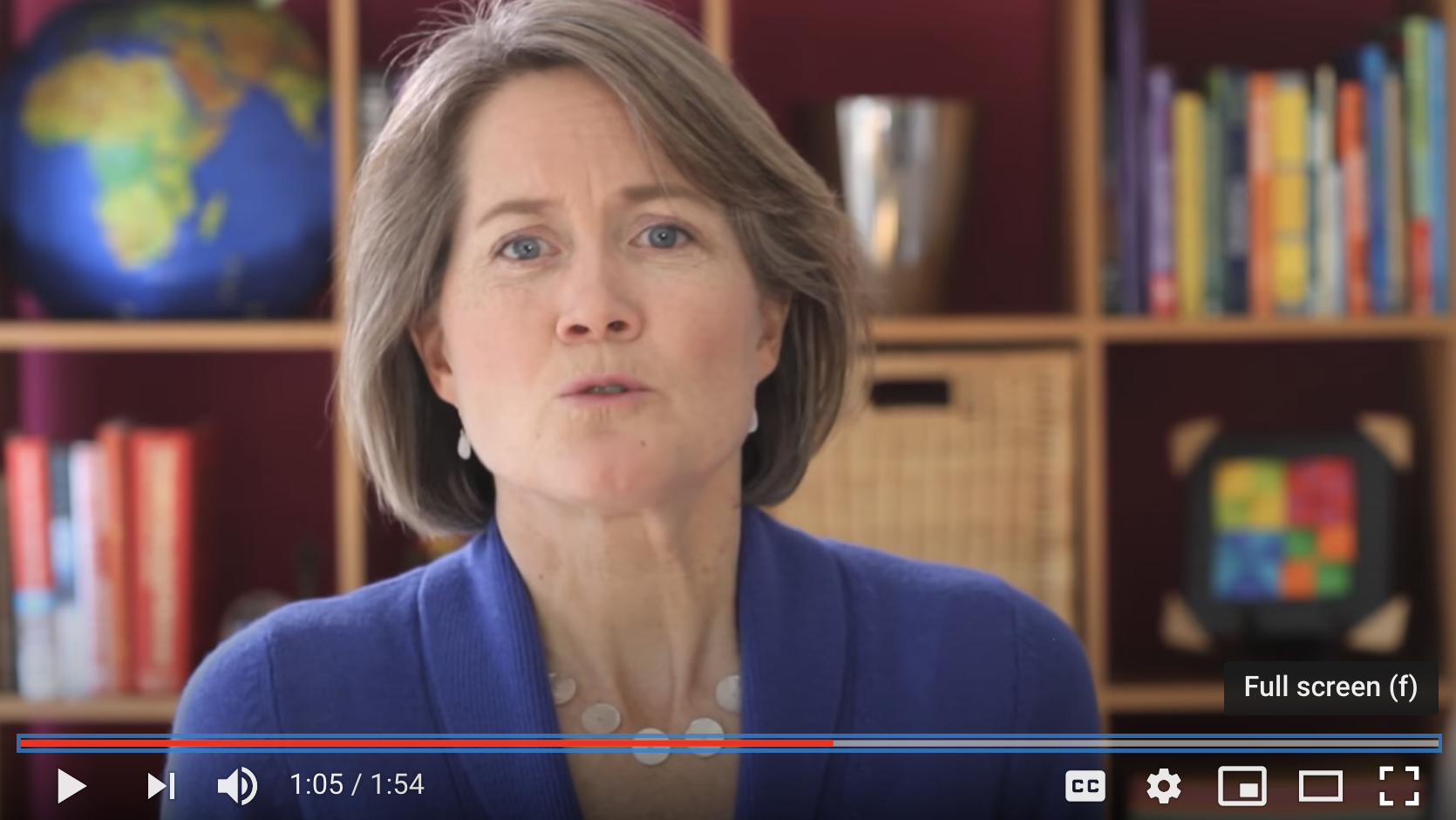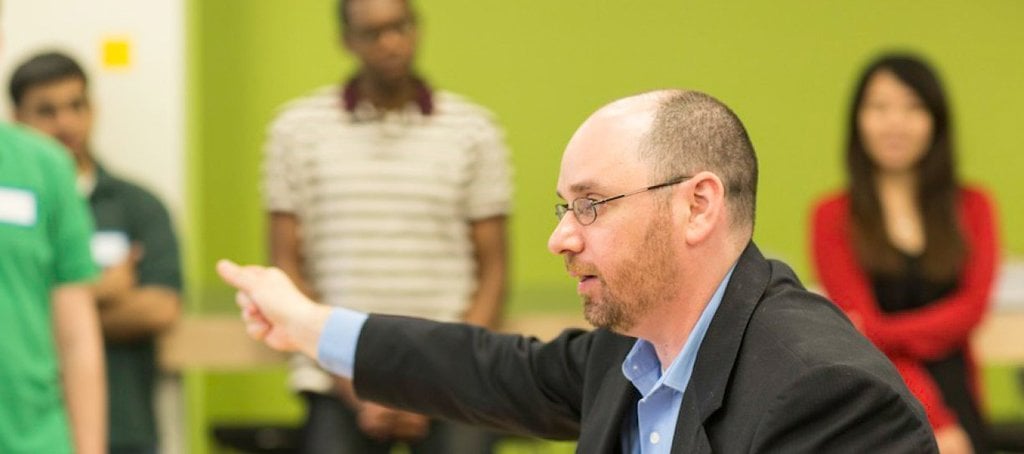Featured Articles
The secret to solving the tough challenges ahead
In this interview, Gerard Puccio and Pam Szalay—authors of Cultivating Creative Thinking for the Future of Work—share how creative thinking builds ...
Strategic Planning with Thinking Preferences in Mind
Strategic planning is a complex problem-solving process. And wherever there is complex problem-solving, there are thinking preferences at play. Some ...
Recent Posts
4 Listening Tips to Improve Working Relationships
“I'm sorry, what?" My colleague Alice likes to clarify. When we work together on a big challenge, she likes to talk it through. She’s in no rush to ...
“Group work…Ugh!”
Every fall, she can predict it like clockwork. The moment she announces, “Our next assignment will be a group project,” she hears the same thing. ...
The Secret to High Performing Teams
I recently heard Amy Edmondson, team guru and Harvard Business School professor, speak in a live webinar about her research on high-performing teams. ...
Good is the Goal
At FourSight, we believe the fastest way to high performance is to give diverse thinkers a common language to solve problems together. Drawing on ...
Avoiding the "Blind Spot" Phenomenon
A fast-growing HR firm based in Sydney was stunned when revenues suddenly plummeted. LinkedIn had just entered the Australian market. The HR firm had ...
The Hazard of Leading with Your Preference
As a team leader, you have lots to do. You have goals to meet and people to manage. You have to make assignments, clarify roles, communicate, fix ...
5 Popular Problem-solving Approaches and the Thinking that Powers Them
The following is an excerpt from the upcoming book, Good Team, Bad Team: Lead People to Go After Big Challenges, Not Each Other, written by FourSight ...
Choosing the Right Team Building Activity for Optimal Team Performance
Building a good team is harder than it looks. People’s personalities, approaches, backgrounds, and styles don’t always line up. In fact, they don’t ...
Navigating Team Dynamics: What to Do When You Have No Clarifiers
What happens when your team's thinking preferences are really lopsided? When I was in grad school, everyone in my class took the FourSight Thinking ...
Identifying and Addressing Four Symptoms of Poor Team Collaboration
While teams can lead to great accomplishments in the workplace, they can also be unproductive. More often than not, the difference is dictated by how ...
Seven Team Building Strategies You Can Try Today
Do you know what Lego, Google, and Tesla have in common? Aside from being wildly successful, these businesses place a strong emphasis on teamwork and ...
Five Strategies to Boost Team Productivity and Collaboration
We’ve all experienced it: group meetings where you sincerely felt like you just wasted an hour of your life. Group projects that went nowhere fast. ...
The Untold Insights of Integrators in Team Dynamics
The thinking profile that risks “losing their own voice,” has plenty to say. They may just have a hard time saying it to you. “I often find myself in ...
Understanding Your FourSight Profile: What Your Energy Wave Reveals
We all have thinking preferences. Each of us has a high, neutral or low preference for every stage in the problem-solving process. We like to spend ...
Embracing Cognitive Diversity: The New Golden Rule for Effective Collaboration
What if I told you that the Golden Rule—the one that says “treat others the way you want to be treated”—can actually kill collaboration and ...
Boosting Empathy Through Understanding Thinking Preferences with FourSight
"I'll never see people in the same way again..." How learning about thinking preferences impacts individuals, teams and collaboration. Yesterday, on ...
Enhancing Design Thinking and Agile with FourSight
Hear how one team expert enhances two of business's most popular process models by using FourSight to understand the people side. IBM's Mike ...
Effective Strategies for Enhancing Collaboration in Remote Teams
Learn how your team can collaborate better together, apart. In this guide, we’ll look at the upsides and downsides of remote work, and explore how a ...
Maximizing Learning Agility: Avoiding the Pitfalls of Personal Preferences
A tale of two employees: She was the best of employees. He was…well, let’s just say he didn’t last. I once hired two managers. We’ll call them Ahn ...
Boosting Creativity During a Global Crisis: Strategies for Sustaining Creative Energy
As part of our nature, humans are born into the world with two innate qualities that promote survival and growth. All humans are wired to find and ...
Understanding Implementers: A FourSight Workshop Insight
It was six hours before the big workshop in Las Vegas. 88 people were signed up, and less than half had done their FourSight assessment. The group ...
The Power of 'How Might We' in Problem Solving
“How might we…” Those are 3 of the most powerful words in innovation. Learn a turn of language that can transform a complaint into a question that ...
Enhancing Team Performance: 12 Ways FourSight Accelerates Team Development
In a team building session with 25 members of a leading French luxury brand, Paris-based facilitator Patrick Duhoux found a simple way to help team ...
Understanding the Role of FourSight Profiles in the Hiring Process
Recently a FourSight facilitator wrote in the following question: Can I use FourSight profiles for hiring? —Harry Dear Harry, Your simple request ...
Understanding the Developer Thinking Profile in Problem Solving
Developers are the rarest of the four profiles. Only 6% of people in our database are single-preference Developers. People often say they find the ...
How FourSight Thinking Preferences Influence Career Choice
In this brief yet insightful video, the FourSight team presents intriguing research findings on how thinking preferences can influence career ...
Unconscious Preferences: What Truly Defines an 'Ideal Student'?
In this enlightening video, researcher Serap Ozdemir delves deep into teachers' perceptions of the "ideal" student. Through a comprehensive study ...
Understanding the Power and Origin of Ideas in Innovation
Ideas fuel innovation. No ideas? No innovation! But what are ideas exactly? In this interview we ask Gerard Puccio PhD, author of “Creative ...
Debunking Myths: Five Misconceptions about Creativity to Unlearn
In this insightful video, Sarah Thurber, the Managing Partner at FourSight, debunks five common myths and misconceptions about creativity that might ...
Better Problem Solving: Five Reasons to Flex Your Creative Muscle
#1. Creativity fuels innovation. Today, it’s hard to find an organization that doesn’t have “innovation” in its mission statement. Professor Felix ...
The Cognitive Commute: How Thinking Styles Influence Career Choices
A recent study on health and wellbeing reported a surprising discovery: People with the longest commutes have the lowest life satisfaction. Most of ...
Cognitive Profiles in Leadership
The FourSight database reveals a remarkable shift in cognitive profiles as leaders move up the organizational ladder. Here is a link to the original ...
The Nose on Your Face | FourSight
What do assessments and your nose have in common? Believe it or not, your nose is the perfect analogy for assessment. Video Transcription So today I ...
The Secrets to Extraordinary Performance | FourSight
Secrets of Extraordinary Performance Mozart was a creative genius. The question is, why? Find out the three keys to extraordinary performance. Video ...
Should B-Schools Teach Collaboration? | FourSight
Q&A with Russ Schoen Northwestern University Kellogg School of Management students wanted their teams to work better together. FourSight expert ...
The Smart Response to New Ideas
(hint: It isn’t criticism) Often our first instinct is to criticize new ideas. But there is a better approach and one that leads to more creative ...
FourSight Goes to University | FourSight
Q&A with John Champlin, Human Resources Team at Wake Forest University How did you hear about FourSight? When I joined the HR staff at Wake ...

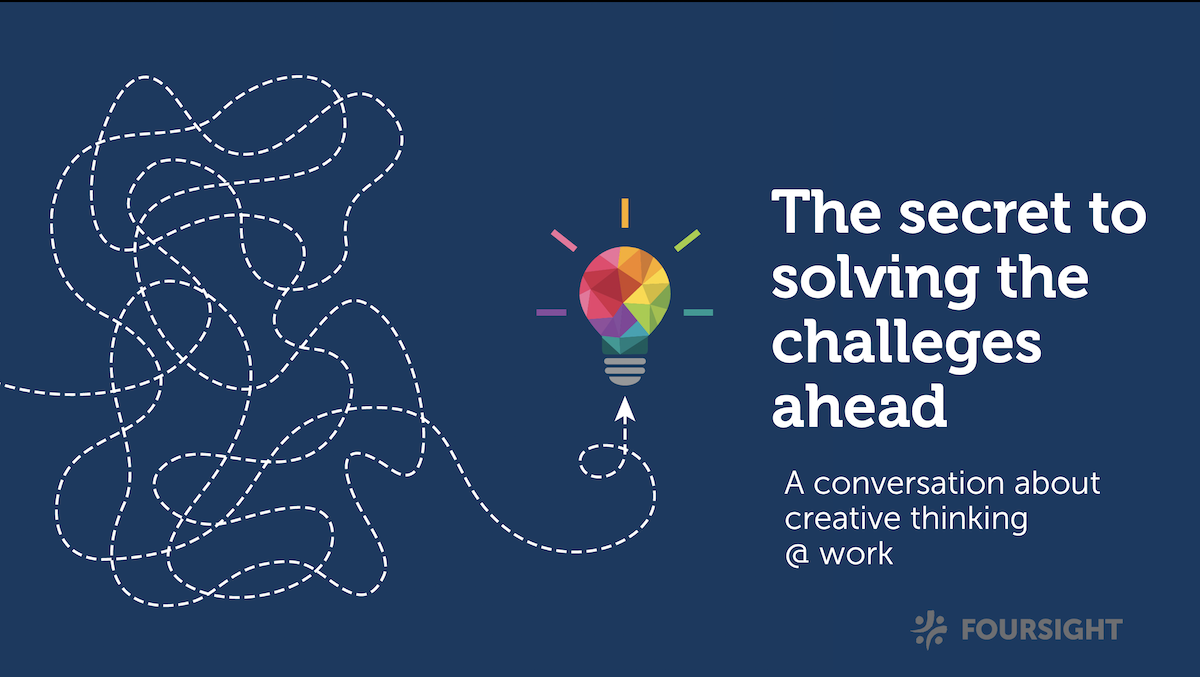
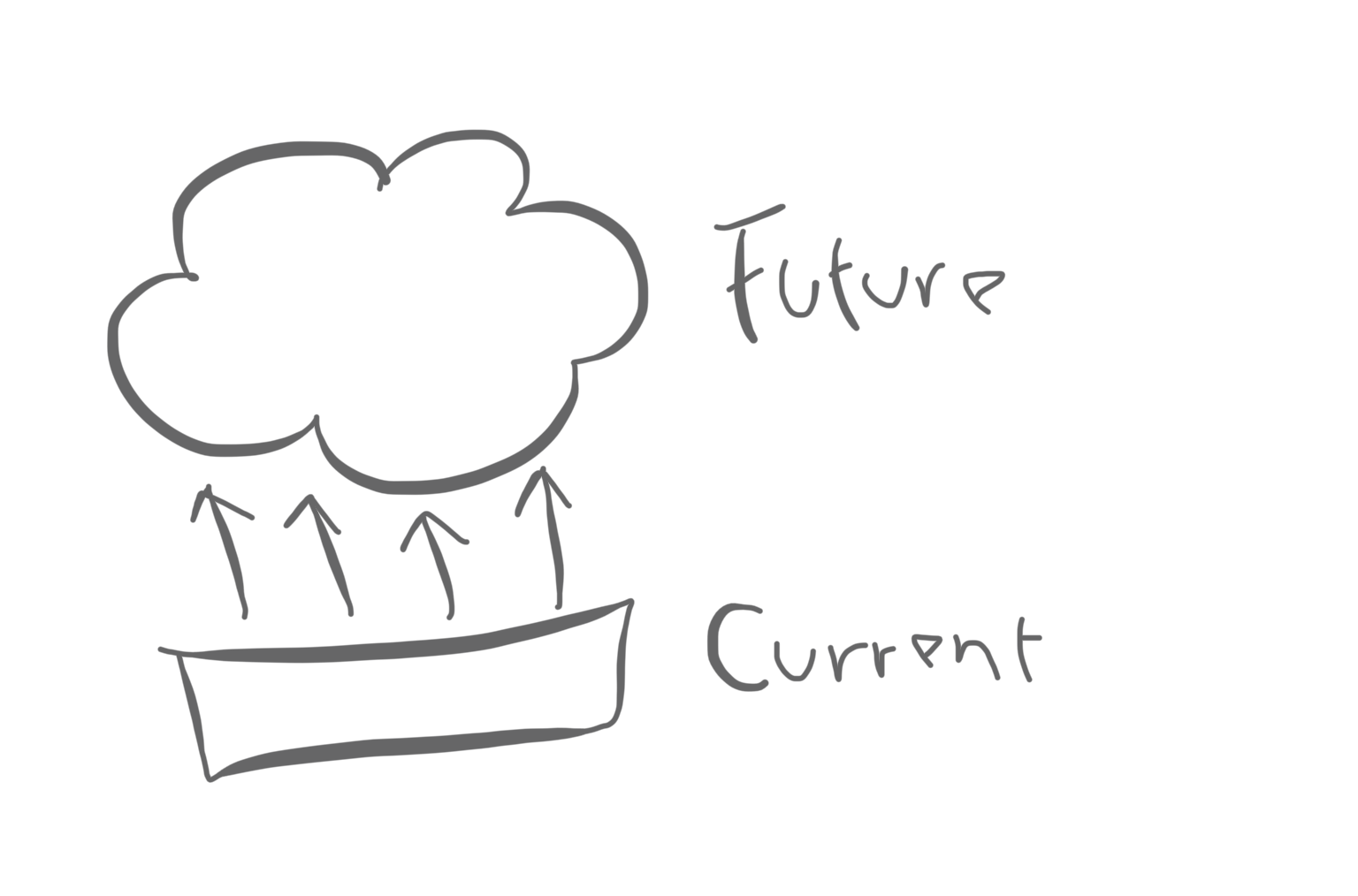



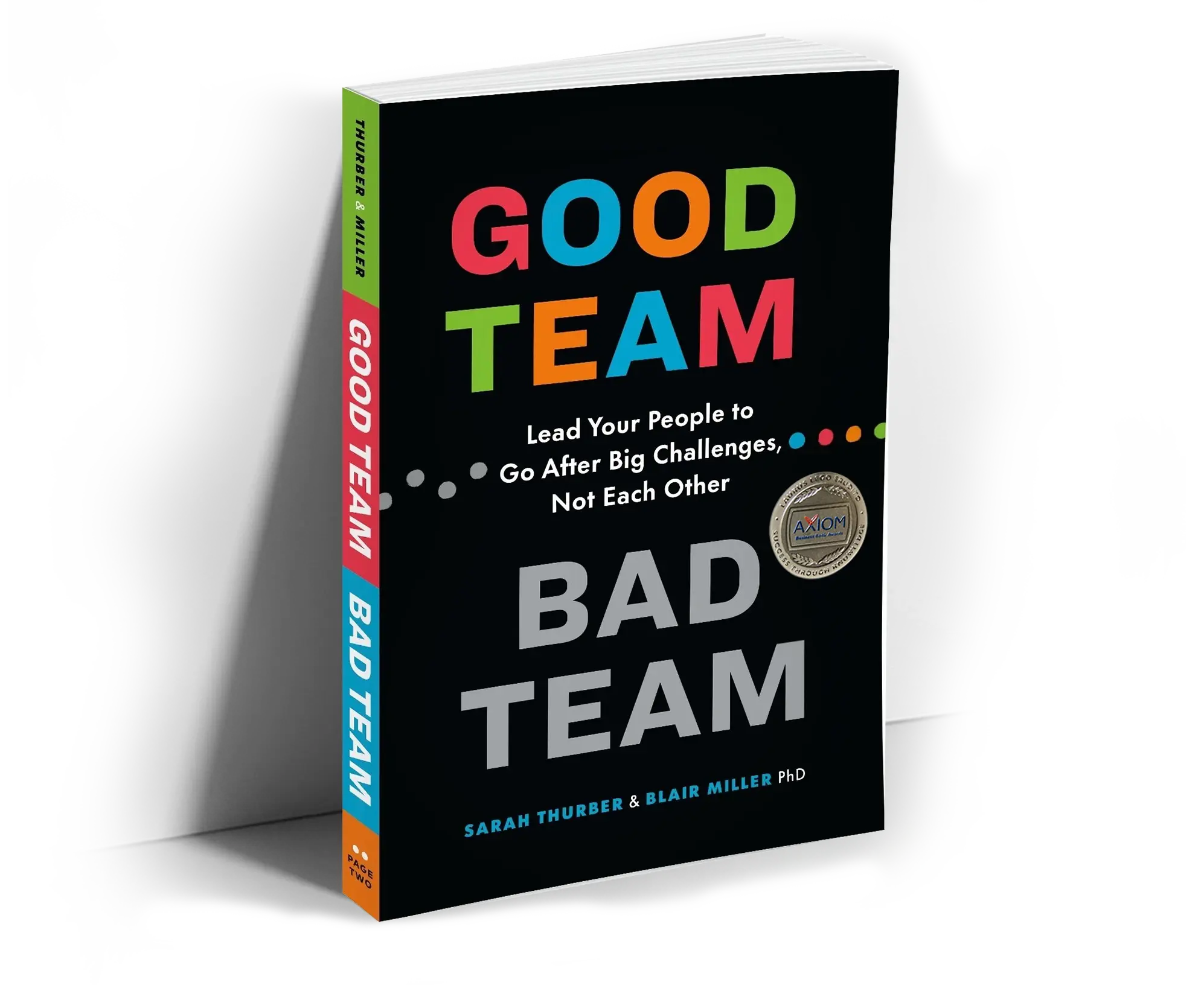


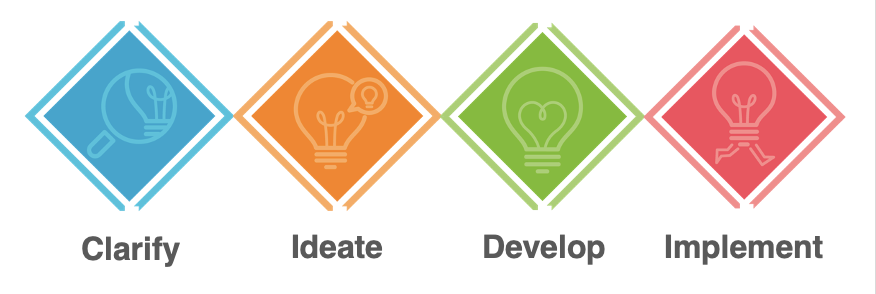

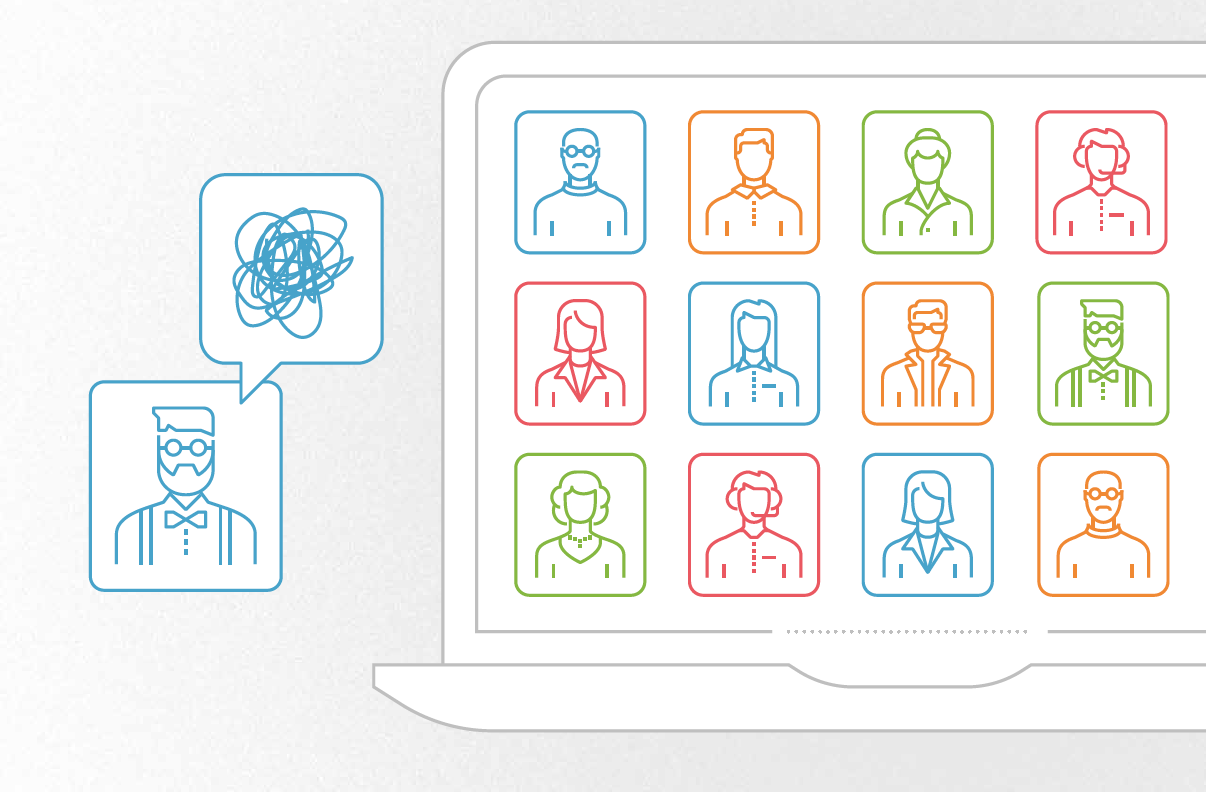




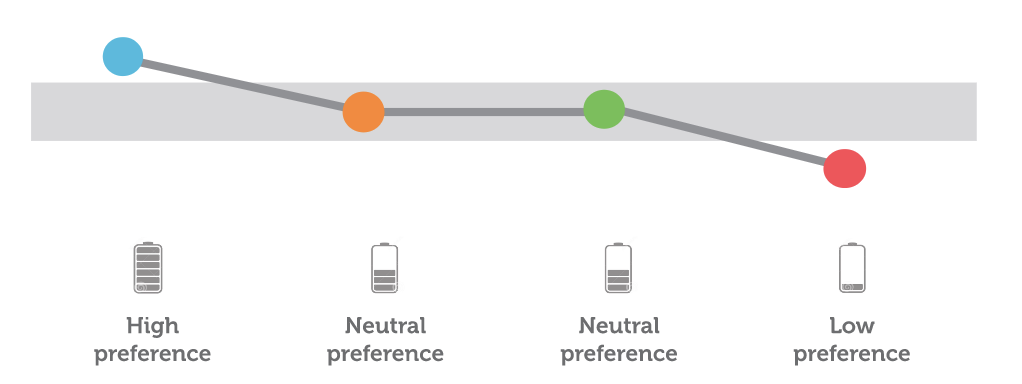
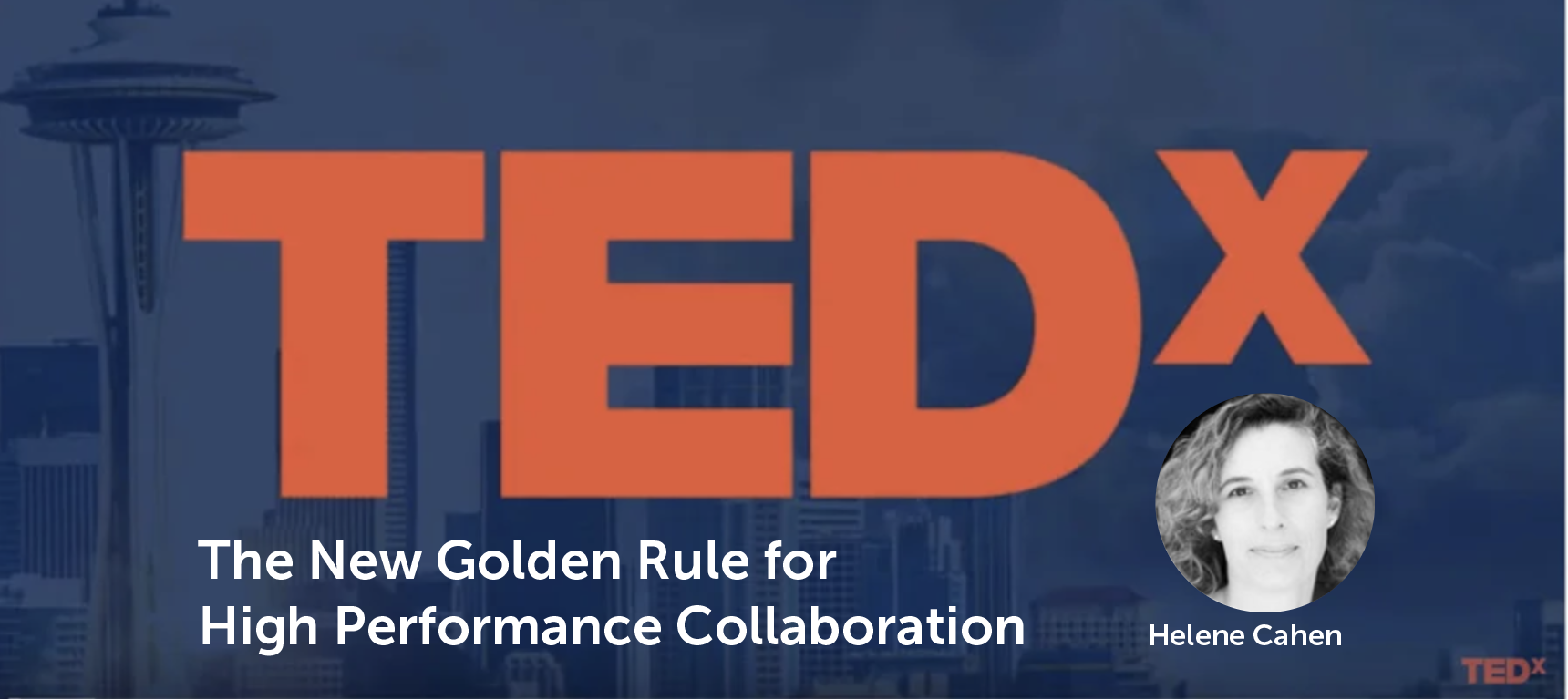

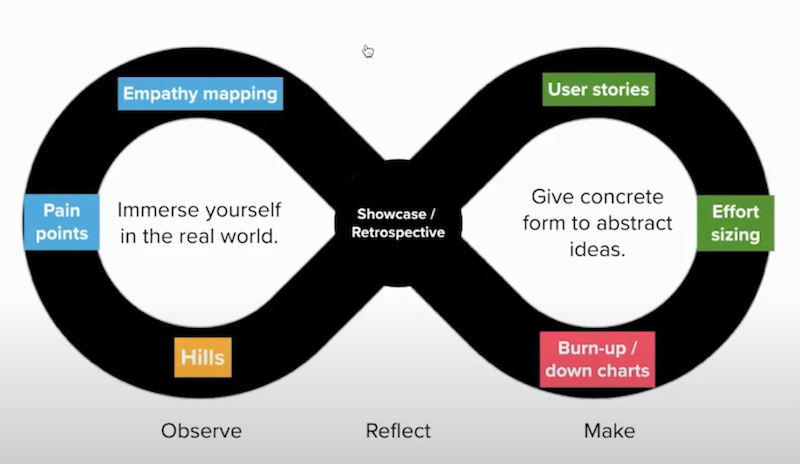


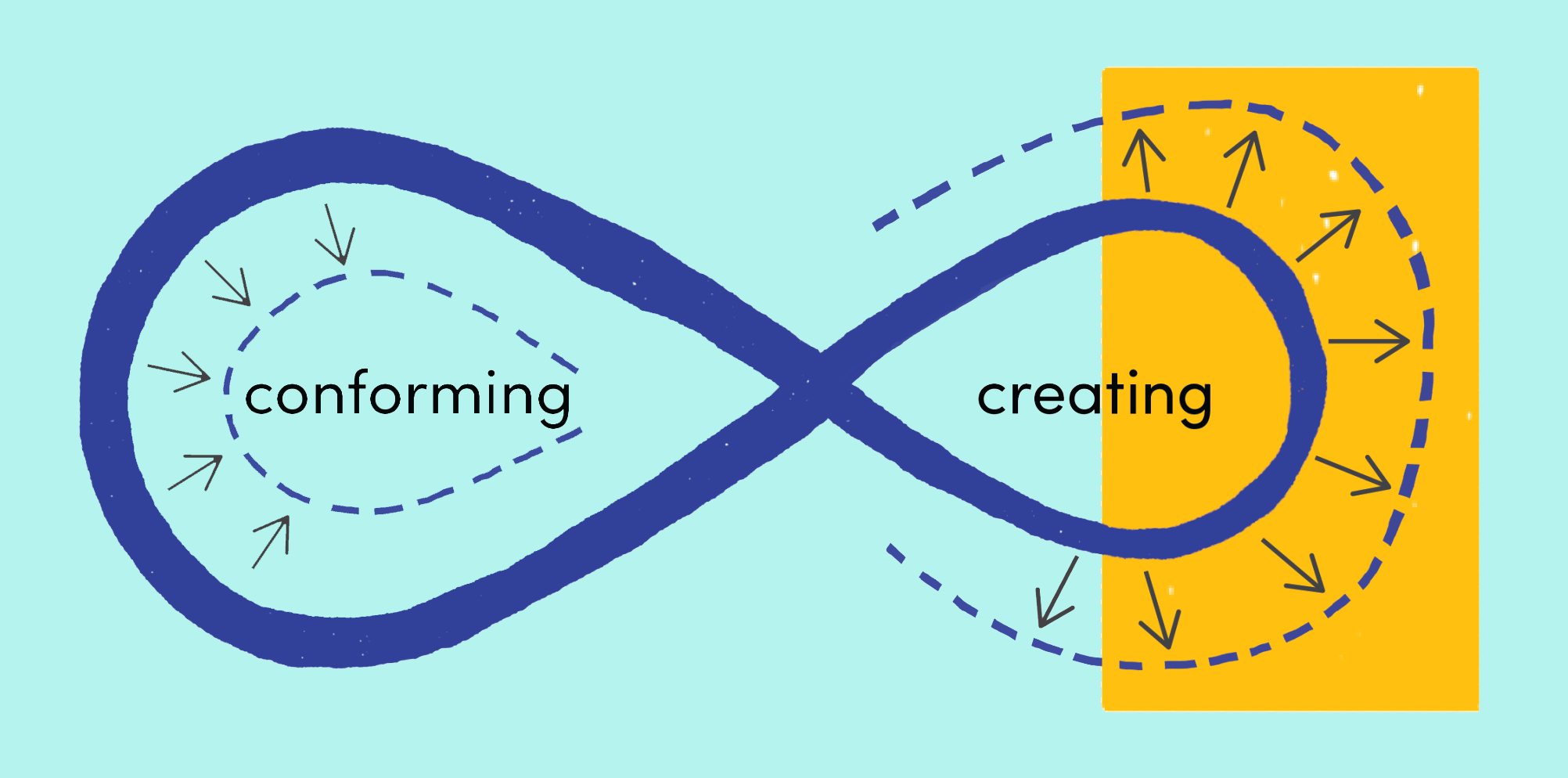

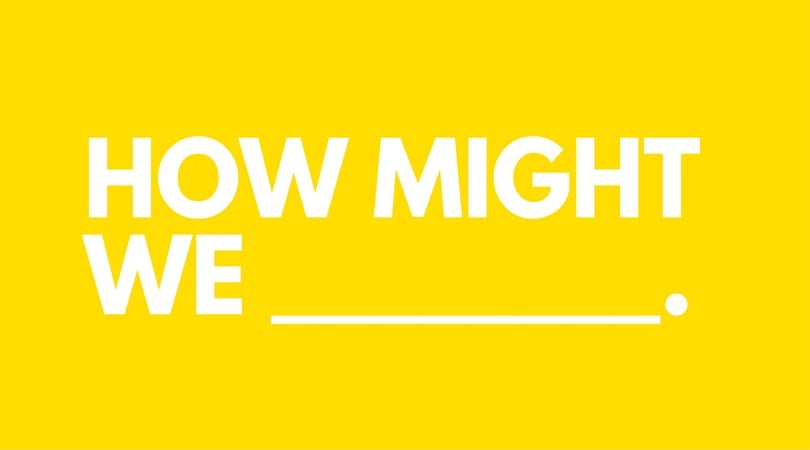




.jpeg)
